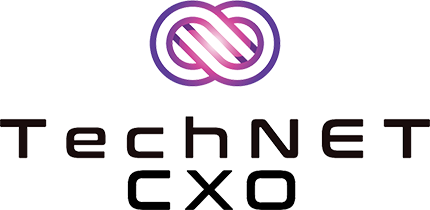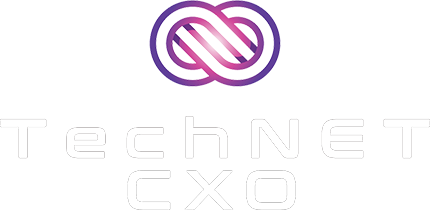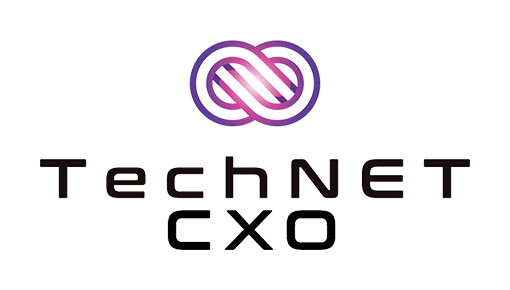When Do You Use A Data Use Agreement
A Data Use Agreement (ACA) is a contractual document used for the transfer of data developed by non-profit, public or private companies when the data is not public or subject to other usage restrictions. Often, this data is a necessary component of a research project and can be data from human subjects from a clinical trial or data set limited to the meaning of HIPAA. Universities will want to ensure that the terms of the AAU protect confidentiality if necessary, but allow for adequate publication and sharing of research results, in accordance with academic guidelines, applicable laws and regulations, and federal requirements. Confidentiality agreements are similar in that they limit the use and disclosure of the data set and, in some cases, a CDA format can serve as a starting point for creating an ASA suitable for data transmission. 3. Send a request to the contract services email address [email protected] if a data usage agreement is required. Rutgers investigators cannot sign DUAs on behalf of the university. The agreement must be concluded in the form of a contract between institutions and signed by an agent who is able to hire the university on conditions. The process of developing, verifying and negotiating data use agreements depends on the data, the data source, the expected use and compliance with the Rutgers guidelines. A counterparty agreement is a contract between the covered entity and the counterparty that keeps these commitments in writing. As part of a counterparty agreement, the parties must indicate the types of PPH and access to PPHs that a trading partner will have (and what types of access and access they might not have), as well as the safeguards that the counterparty will use to preserve the integrity and confidentiality of the PHI.
To set your own terms, you can use a Data Use Agreement (AAF) to share your data. Data use agreements – also known as data exchange agreements – are contracts that are used for the transfer of non-public or other restrictions. Limited records may contain only the following identifiers: A counterparty agreement is a contract that is required to be used in accordance with the HIPAA data protection rule. The text of the HIPAA data protection rule applies only to covered businesses – health organizations and health plans. A data usage agreement defines who is authorized to use and receive the LDS, as well as the authorized use and disclosure of that information by the recipient, and provides that the recipient does so: This must be included in your transmission to the IRB. If the agreement is not yet ready at the time of submission, please mention this issue in a front page with your deposit. To establish a data use agreement on your own terms, you can at least consider the following aspects: A Data Use Agreement (AEA) is a specific type of agreement that is required and must be concluded in accordance with the HIPAA data protection rule before a restricted data set (defined below) is used at an external institution or party to one of three purposes: (1) research, (2) public health or (3) public health. A limited dataset remains Protected Health Information (PHI) and, for this reason, entities covered by HIPAA or covered hybrid entities, such as the University of Arizona (AU), must enter into an AEA with an institution, organization or organization, to which the AU devisions or transfers a limited data set. Whenever limited data is transmitted to or by a Rutgers University researcher, a data use agreement and/or matching agreement must be established between the parties involved. An AED must be completed before a limited data set is used or disclosed to an external institution or an external party.


